Shops the length and breadth of Britain have had an extremely-tough time of it in recent years and, unfortunately, retailers in the Aberdeen area have not escaped the pain from this perfect storm.
A walk down any high street in the north-east can be a very depressing experience.
Many of your favourite shopping haunts seem to have vanished almost overnight, leaving just boarded-up premises.
The only thing that appears to be expanding is the number of “to let” signs.
The sector can thrive in the year ahead – to the benefit of customers, workforce and communities – and play its role in driving forward the economy.”
David Lonsdale, director, Scottish Retail Consortium.
Aberdeen’s Union Street is, sadly, one of the worst examples of retail decay in Scotland.
There are a host of reasons which have combined to result in the very public decline of brick-and-mortar shops around the UK, including the pandemic, rising costs, cautious shoppers spending less and more people buying online.
So, the big question is: can our once-thriving high streets be saved in the years ahead Only time will tell.
For a serious attempt to move forward on this major challenge, a great deal of effort will have to be put in by politicians – both local and national – as well as the business community.
Scottish Retail Consortium and @BurnessPaullLLP were delighted to co-host a roundtable with @scotgoveconomy Finance Minister @ThomasCArthur in Edinburgh. Trading conditions and the priorities of the retail industry, including the positive freeze on business rates, were discussed. pic.twitter.com/ZXh9BGsFtv
— The British Retail Consortium (@the_brc) January 12, 2023
‘The sector can thrive in the year ahead’
Scottish Retail Consortium (SRC) director David Lonsdale believes there are grounds for cautious optimism, despite headwinds, for the future of our shops as they strive to become more customer focused.
He added: “Through its ingenuity and tenacity, the sector can thrive in the year ahead – to the benefit of customers, workforce and communities – and play its role in driving forward the economy.”
Even so, casualties on our Scottish high streets continue to mount.
Just last month, clothing chain M&Co appointed an administrator as it collapsed for a second time in just over two years.
The company, which used to be known as Mackays, is one of Scotland’s best known clothing chains.
At the time of last month’s administration it employed 1,910 staff in 170 shops across the UK.
North and north-east outlets included shops in Stornoway, Inverness, Thurso, Wick, Kirkwall, Nairn, Dingwall, Elgin, Banff, Buckie, Inverurie, Peterhead, Aberdeen and Stonehaven.
Gavin Park, one of the joint administrators, said M&Co had – like many retailers – experienced a sharp rise in costs.
This had coincided with a “decline in consumer confidence”.
Mr Park added: “Despite a very-loyal customer base, particularly in local markets, and a well-recognised brand, the current economic outlook has placed increasing pressure on the company’s cash position.”
Shop closures accelerate
There was further confirmation of the huge problems facing UK retailers in figures released earlier this month.
The Centre for Retail Research (CRR) said there was a sharp rise in the number of stores shutting on the country’s high streets, shopping parades and out-of-town retail parks in 2022.
More than 17,000 outlets closed – the highest number for five years.
Total closures were nearly 50% higher than in 2021, the researchers said.
The number of retail jobs lost, in stores and online, also jumped as businesses closed or cut costs.
More than 150,000 posts vanished, up 43% compared to the previous year.
At the height of the pandemic some businesses were protected through government support and the furlough scheme, which helped to pay wages when shops could not open.
But in 2022, as the economy continued to reopen, the retail sector faced a barrage of challenges.
Prices rose sharply and shoppers reined in their spending. Costs for retailers also rose, with steep increases in energy and wage bills in particular.
‘A few big hitters may fall’ in 2023
CRR director Joshua Bamfield said: “Rather than company failure, rationalisation now seems to be the main driver for closures as retailers continue to reduce their cost base at pace.”
The trend is likely to continue in 2023, he said, adding “a few big hitters may well fail too”.
SRC said 2022 was another tumultuous year for retail in the north and north-east.
Mr Lonsdale added: “We had barely escaped from the clutches of the pandemic when the Ukraine conflict and resulting geopolitical tensions turbocharged inflation, leading to a costs crunch affecting every home and business in the country.
“This has further tested the business model of many retailers and is unlikely to let up in 2023.
“While the industry has proved remarkably resilient through the circumstances of the pandemic, it’s possible some firms may yet yield to the costs crunch and economic downturn – resulting in further reductions in store estates.
“This could have implications for retail destinations, such as Aberdeen’s Union Street.”
Several issues are of keen interest to the industry this year.
Most crucial is the hoped-for return of economic growth. Mr Lonsdale said, adding: “A fresh forecast from the British Retail Consortium suggests the value of UK retail sales will increase by up to 3.5% in 2023.
“This seems encouraging for a sector that directly employs tens of thousands of Scots across the north and north-east.
“However, the rise in the value of sales is expected to be more than outweighed by shop price inflation.”
‘Slow-growth Scotland does few any favours’
The outlook for the second half of this year is “a little more optimistic”, as inflation hopefully subsides and consumer confidence perks up, Mr Lonsdale said.
Economic forecasting is “fraught with caveats”, he said, adding: “It does underline the need for policymakers to bear down on inflation and prioritise economic growth.
“The latter has been mediocre for years. A slow-growth Scotland does few any favours.
“It means fewer economic opportunities locally for our young people and less funding for public services.
“Thankfully, the Scottish Government took a useful step in its Budget last month.”
Mr Lonsdale said the decision to freeze the business poundage, shielding retailers from a £64.5 million tax rise at a time when stores are grappling with spiralling costs and an uncertain outlook, was “good news” for the hard-pressed industry.
But the rates burden remains onerous, with the tax having escalated to its highest level in 24 years, he added.
‘Recasting’ of business rates required
The SRC director continued: “In addition, 11,000 medium-sized and larger commercial premises – a quarter of which are shops – continue to pay a higher business rate than counterparts in England.
“Little explanation has been forthcoming as to why 1,040 premises liable for this higher property rate in Aberdeen – plus 530 in Aberdeenshire and 600 in the Highland area – are thought to be better placed to stump up more in rates. It reinforces the need for a recasting of business rates for the years ahead.”
Too much regulatory intervention?
Consideration also needs to be given to the boundaries of regulatory intervention in the economy, Mr Lonsdale said.
He continued: “It’s an acute issue and is seeing retailers grapple with a hotchpotch of measures, including restrictions on where certain foodstuffs can be located in-store, mandatory calorie-labelling on eateries’ menus and curbs on the sale of fireworks.
“Despite profoundly-changed economic conditions there is little sense of a stemming of the rush to regulate. A government review of red tape produced little more than a new taskforce to look at things, which has met once.
“What it needed is step-change from the public sector. We need national and local governments to stop regulating and start incentivising.
“It’s great to see investment into city centres, as we saw recently with Union Terrace Gardens in Aberdeen, but that needs to be the norm not the exception.”
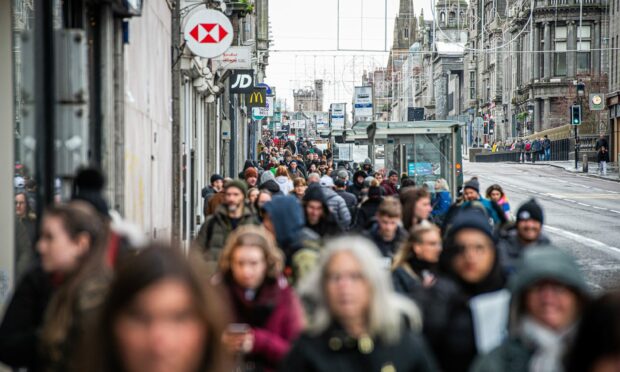
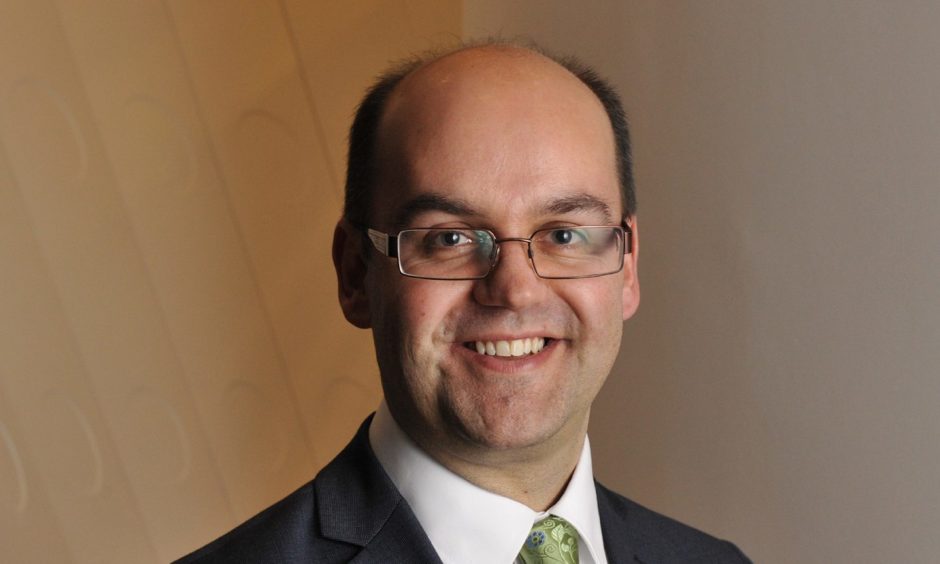
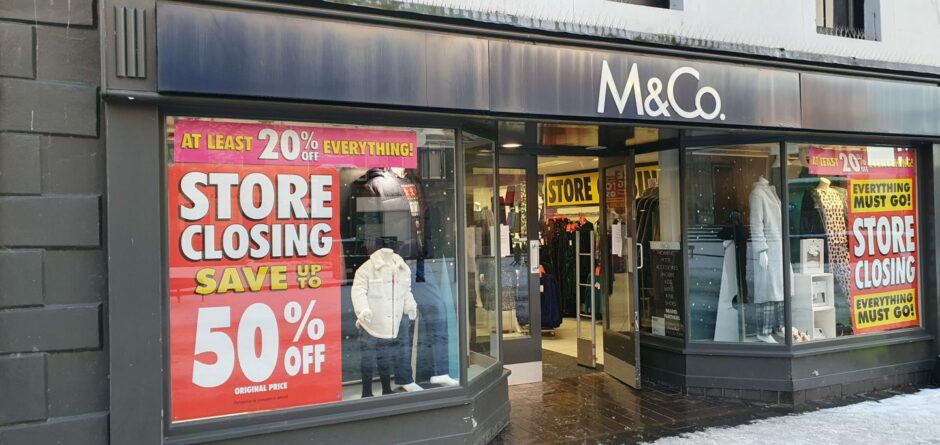
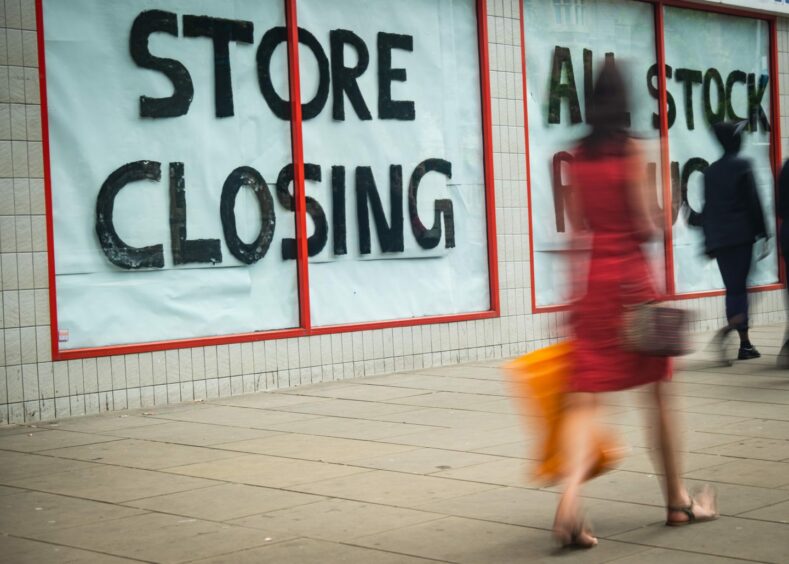
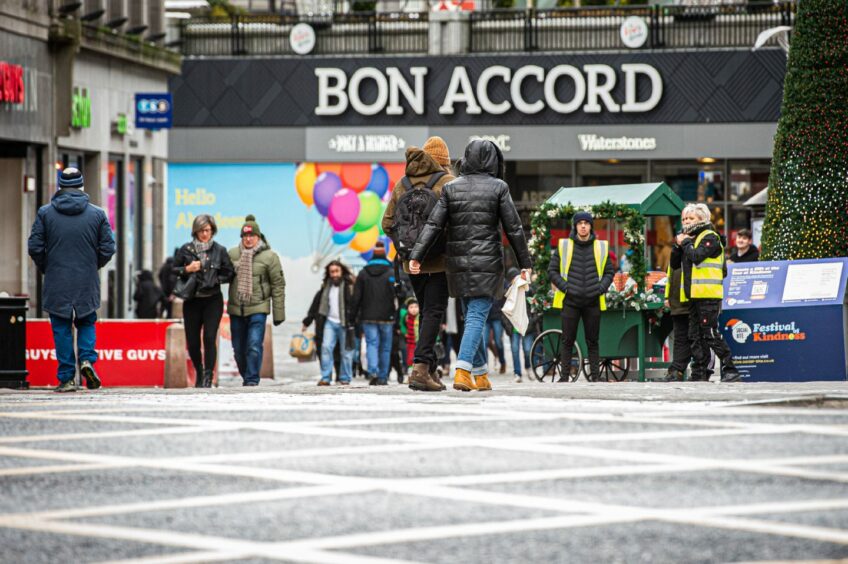
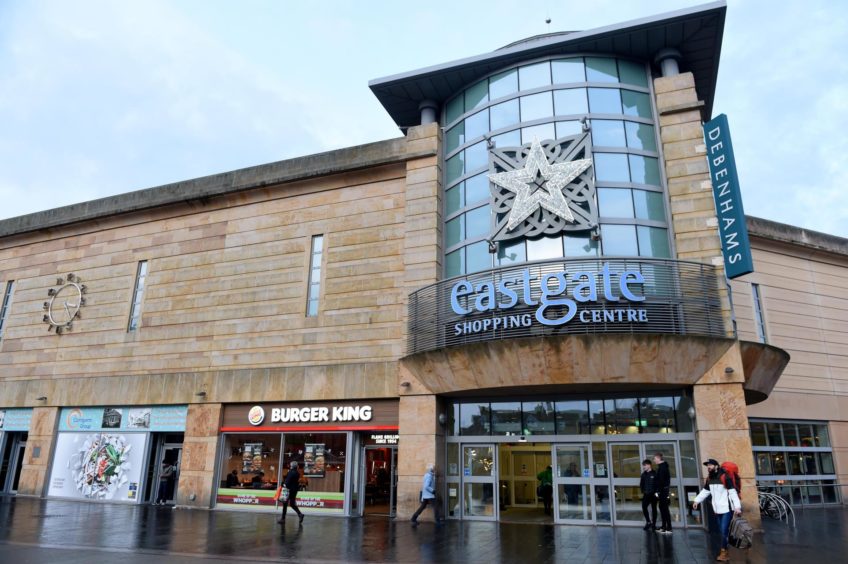
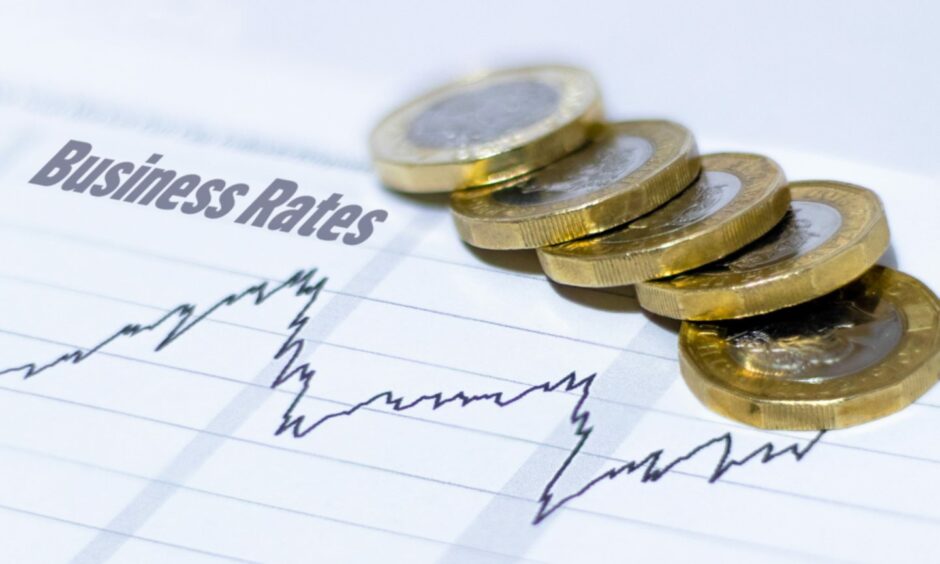

Conversation